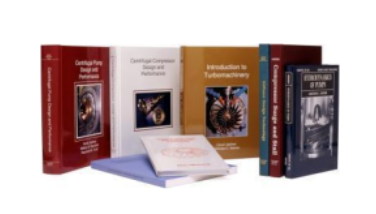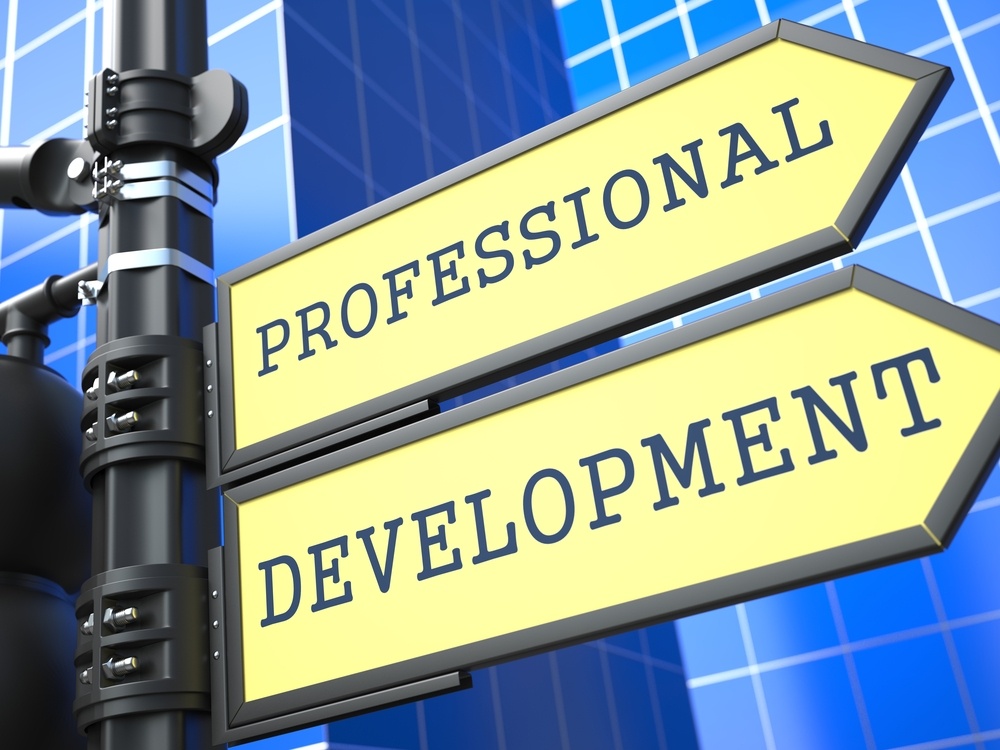ASME’s Turbo Expo technical conference is THE industry event for bringing together experts from around the world to talk about the latest innovations in turbine technology. Last year’s event in Seoul, was no exception. Our experts, including Dr. David Japikse, CEO and Founder; Peter Klein, Director of CAM Software and Associate Corporate Fellow, Mark Anderson, Chief Technology Officer, and Eric Krivitzky were there to present three papers.
The links below take you to ASME’s website, where you can view them in their entirety. If you have any questions, please contact info@conceptsnrec.com.
An Investigation Into The Variation Of Centrifugal Compressor Sensitivity To Inlet Swirl With Initial Form Parameter Selection
~ Eric M. Krivitzky
Abstract: Fixed-geometry centrifugal compressors have inherent limitations in the off-design operating range and performance that can be delivered. Variable inlet swirl, typically introduced with variable inlet guide vanes, has been a frequent tool implemented across many industries to extend the stable operating range and off-design efficiency. However, a review of available data in the literature reveals a large disparity in the effectiveness of variable inlet swirl for useful map movement. An ideal configuration responds to preswirl with a significant reduction in the mass flow at instability along with increased efficiency. Unfortunately, some cases reveal no movement in the surge line, with increases in inlet swirl only serving to reduce the stage efficiency. Read More
Manufacturing Considerations in the Initial Design Process
~Mark R. Anderson and Peter L. Klein
Abstract: Many factors come into play in a successful turbomachinery design, but peak aerodynamic performance, maximum operating range, stress levels, and manufacturability are generally the dominant concerns. Depending on the application, other considerations such as acoustics, size, weight, and environmental issues can also come into the picture. The most effective designers take a holistic approach, which tries to incorporate all of these concerns at the beginning of the design process. One of the challenges facing aerodynamicists is a basic understanding of how these downstream issues can be accommodated in the initial design process. Typically, an aerodynamic engineer has minimal knowledge of manufacturing methods such as 5-axis machining. This paper will provide a basic understanding of the subsequent manufacturing impact of various decisions typically made during the preliminary and detailed aerodynamic design process. The paper will focus on radial turbomachinery, but much of the information provided is common for axial turbomachinery produced by 5-axis Computer Numerical Controlled (CNC) machining. Read More
Radial Stages with Non-Uniform Pressures at Diffuser Inlet
~Dr. David Japikse and Eric M. Krivitzky
Abstract: The design of centrifugal stages with an impeller and a downstream diffuser has generally been based on the assumption of axisymmetric flow at the impeller discharge. Flow entering the diffuser has customarily been assumed to also be axisymmetric, at least on a time-averaged basis, while laying out the diffuser vanes, establishing the preferred incidence, and sizing the throat areas. Recent stage studies have shown that the flow is often not fully axisymmetric, that not all diffuser passages perform the same way even at the design or best efficiency points, and that the actual time-averaged diffuser inlet flow conditions (distortion) may be changing from one operating point to another. Read More
Meanline Modeling of a Radial-Inflow Turbine Nozzle with Supersonic Expansion
~ Shuo Li, Eric M. Krivitzky, and Xuwen Qiu
Abstract: High pressure ratio, radial-inflow turbines typically experience supersonic expansion in the nozzle section. Accurate estimation of the flow conditions and velocity triangle at the nozzle outlet is of critical importance in correctly predicting the overall turbine performance. The meanline modeling of such a nozzle requires special attention, due to the significantly altered flow field downstream of the throat.
In this study, the flow field of a supersonic expansion nozzle is investigated, using a three-dimensional (3D) computational fluid dynamics (CFD) simulation calibrated with test data. Three different CFD configurations are explored: the nozzle alone, the nozzle plus rotor coupled with a mixing plane, and the nozzle plus rotor coupled with the nonlinear harmonic (NLH) method. These configurations are compared to each other to gauge the effect of the rotor and stator interaction and the potential for error in establishing the velocity triangles. The exit vane angle, number of vanes, and expansion ratio across the nozzle are systematically varied to provide the data as the base for nozzle modeling. Finally, a meanline method is proposed to calculate the pressure loss and flow deviation at the nozzle outlet and is compared with CFD results. Read More
Explore more technical papers from Concepts NREC.





